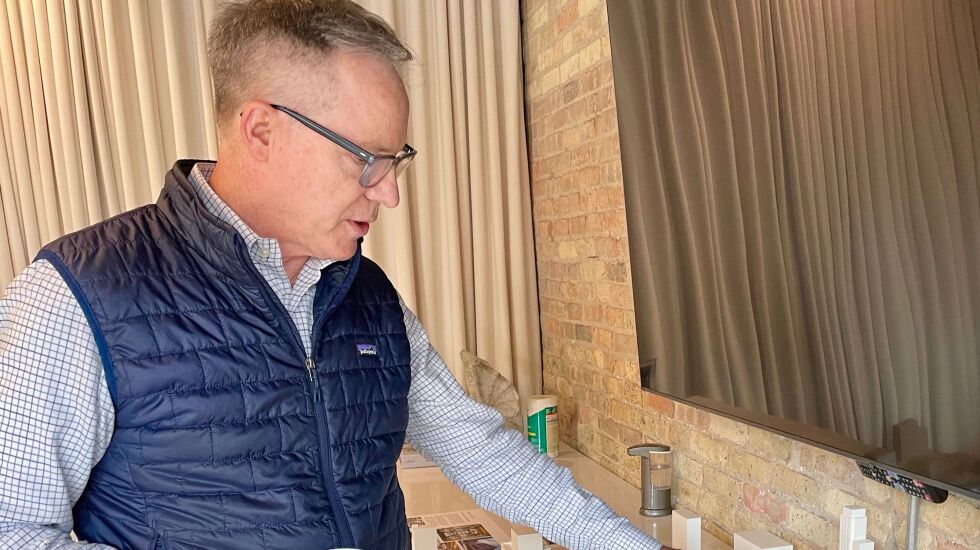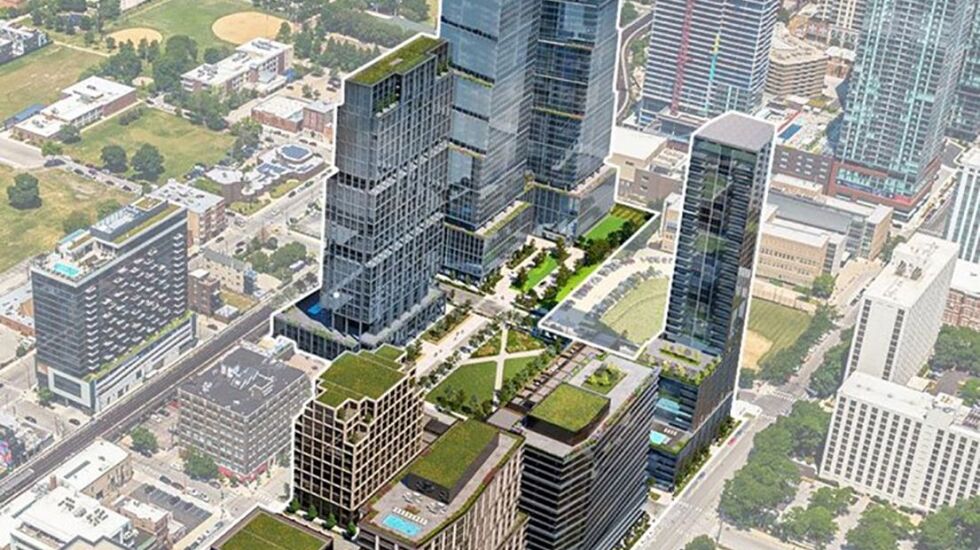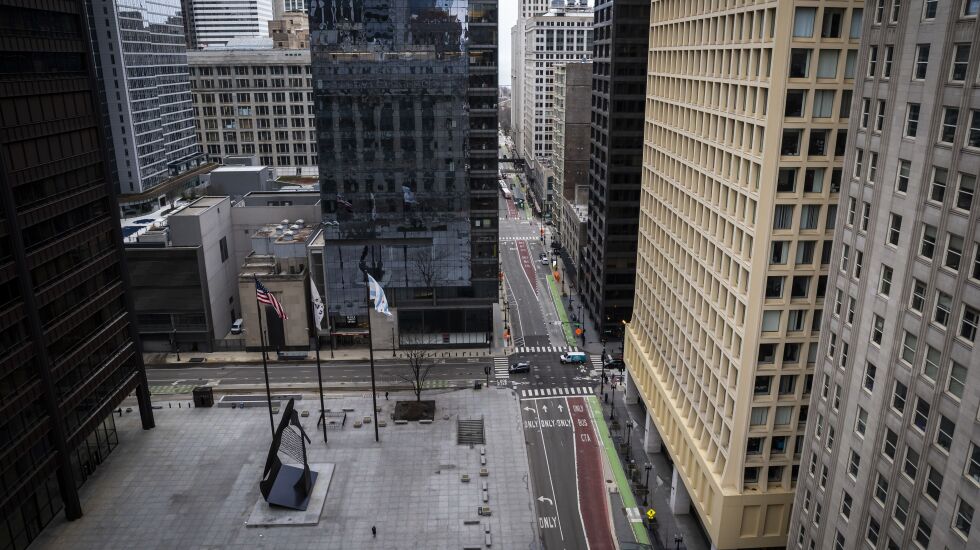
You guys all know about the fire, right? The Great Chicago Fire? Of 1871? A long time ago, sure. But still remembered by many. Maybe most. The O’Leary cow kicking over a lantern — a myth, by the way. Not the cow. She was real. The lantern part. Just another slur. A reminder of how slurs endure because they reinforce what some people want to believe.
Not to forget the city’s determined, never-say-die reaction. Also very real. The ruins were still smoldering and all Chicago could talk about was its bright future.
So how come, once upon a time, the city could burn to the ground and Chicagoans lined up to declare their unshakable faith in their city.
But now, some kids misbehave downtown and some are ready to give up?
“The Loop was in chaos all weekend in Chicago, with insane woke riots,” began a typical tweet. “Big cities are dead.”
Not close. A couple of incidents. But the videos pinballed around the world, gleefully traded by those who relish such things.
Crime is not the main problem facing Chicago, which, like most cities, has more systemic woes, like people not going into offices to work.
Monday morning found me in our blustery, semi-abandoned downtown, paying a long-scheduled visit with Ray Hartshorne, a partner at Hartshorne Plunkard Architecture, a firm that had a key role in changing Fulton Market from a ramshackle warren of loading docks and warehouses where retailers went to buy pickles by the barrel to a hip hot spot where diners fork over $16 for three artisanal pickles at Girl & the Goat.
“We were in the Fulton Market since 1999,” Hartshorne said. “That’s how Chicago knows us. We rehabbed a million buildings over there.”
Now they’ve moved on to North Union, 8 acres wedged between the Gold Coast and the old site of Cabrini-Green, former Moody Bible Institute land now being developed into 3,000 units of housing. Things are hopping here. Over the summer, HPA moved into the original stables for the Western News Agency. A reminder that adapting to ever-shifting reality is nothing new. It’s what cities do.
“This is a laboratory,” he said, “where we can figure out things that might work.”

Crime zigs up and zags down. But COVID was an earthquake or, rather, a flameless Great Chicago Fire.
“It’s crazy what the pandemic has done,” Hartshorne said. “It’s going to be felt for a long time. I don’t think that it’s ever going to go away. The genie is out of the bottle.”
That said, his office was full of young architects — HPA has about 60 employees — in meetings, pondering building details enlarged on large flat-screen monitors.
“We are 100% back,” he said. “But we’re a boutique and we rely on face-to-face and collaborating.”
A dozen years ago, Hartshorne’s firm turned the Fulton Cold Storage building, with its 8-foot-thick walls, into 1K Fulton.
“We had to defrost the building,” he said. “We had a very elaborate plan; we were afraid it was going to collapse.” They managed the task; Google moved in.
Defrosting a plague-frozen city will be harder. The problems Hartshorne is chewing on have nothing to do with flash mobs.
“What do we do with the Loop?” he said. “It’s disintegrating before our eyes. Companies are moving out. Restaurateurs won’t go there.”

That said, despair is premature.
“What is still amazing, the job market is still good and people want to be near their offices, or in good neighborhoods,” Hartshorne said. “There’s still an appetite for residential. Chicago’s still attracting people from all over, especially young people.”
So, to paraphrase Twain, news of Chicago’s death is premature?
“A little bit of softening right now,” he said. “The fundamentals of Chicago are so good. It’s a great place to live. We have confidence Chicago is still viable.”
Returning to the Great Chicago Fire. Then, as now, there was malicious schadenfreude. Those expressing faith in our future were, as a rule, people who lived here and had a stake in the game, while those declaring Chicago was finished, that it had joined Sodom and Carthage as wicked cities justly wiped from the map, tended to be editorialists in Cincinnati and ministers in Nashville.
Never forget: The internet makes the small seem big and the far away seem near. I checked with who wrote the tweet quoted at the top of the column. Some joker in Virginia.







